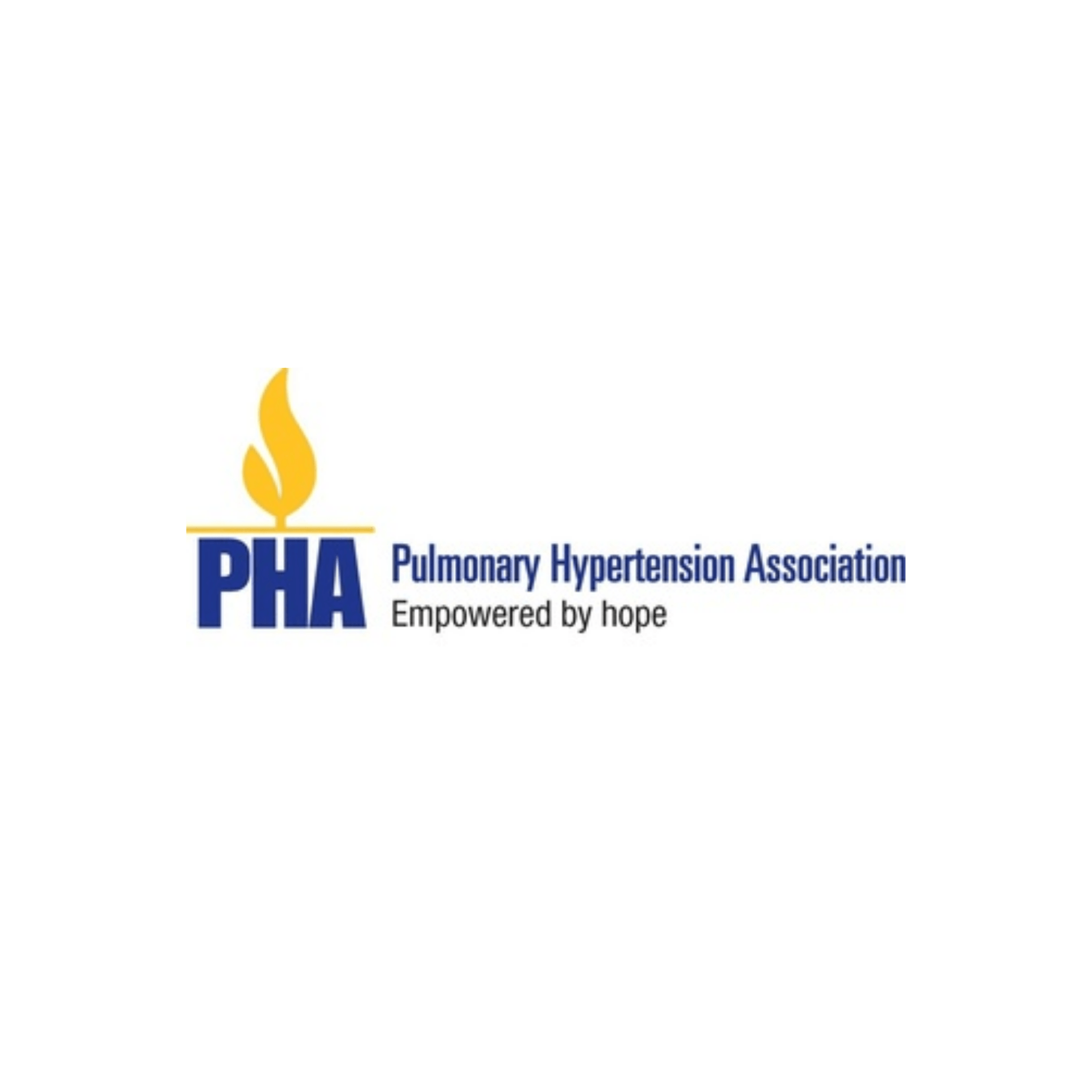PULMONARY ARTERIAL HYPERTENSION (PAH)
"Pulmonary hypertension" describes high blood pressure in the arteries of the lungs. Pulmonary arterial hypertension (PAH)
is one form of pulmonary hypertension. Pulmonary arteries carry blood from your heart to the lungs, where it picks up oxygen to be delivered throughout your body. In PAH, the pulmonary arteries constrict abnormally. This forces your heart to work faster and causes blood pressure within the lungs to rise.
There are several types of PAH. It can be caused by or occur at the same time as a variety of other medical problems. PAH also can be the result of taking certain medicines. The cause of some cases of PAH is unknown. PAH worsens over time and is life-threatening because the pressure in a patient's pulmonary arteries rises to dangerously high levels, putting a strain on the heart. There is no cure for PAH, but several medications are available to treat symptoms.
What are the Symptoms of Pulmonary Arterial Hypertension?
Symptoms may include:
- Chest pain, usually in the front of the chest
- Dizziness
- Fainting
- Fatigue
- Leg swelling
- Light-headedness during exercise
- Shortness of breath during activity
- Weakness
How is pulmonary arterial hypertension diagnosed?
There is not one specific way to diagnose PAH. In early stages of the disease, a physical exam may be normal or almost normal. It may take your doctor several months to diagnose PAH. A doctor who suspects a patient may have PAH usually runs a series of tests to measure blood pressure in the pulmonary arteries, decide how well the heart and lungs are working, and rule out other diseases.
Tests include:
- Chest X-Ray (of the heart and lungs)
- Electrocardiogram (an electrical measure of your heart rate and how regularly your heart is beating)
- Echocardiogram (an ultrasound picture of the heart to help determine how well it is working)
- Right-heart catheterization (a special device that the doctor threads through a vein into the heart and arteries of the lungs to measure pressure in the arteries and test how well the heart is pumping)
- Pulmonary function tests (breathing tests that measure lung function)
- Perfusion lung scan (an image that shows blood flow through the lungs)
- Six-minute walk test (a measure of the patient's ability to do exercise)
How is pulmonary arterial hypertension treated?
There is no cure for PAH, but there are several treatment options. Treatments include medications and surgery; patients also make lifestyle changes as their PAH worsens and limits daily activity. Treatments for PAH aim to reduce symptoms, improve quality of life, and slow down how quickly the disease progresses.
If your pulmonary hypertension is caused by another condition, then your doctor will also treat that underlying disease.






